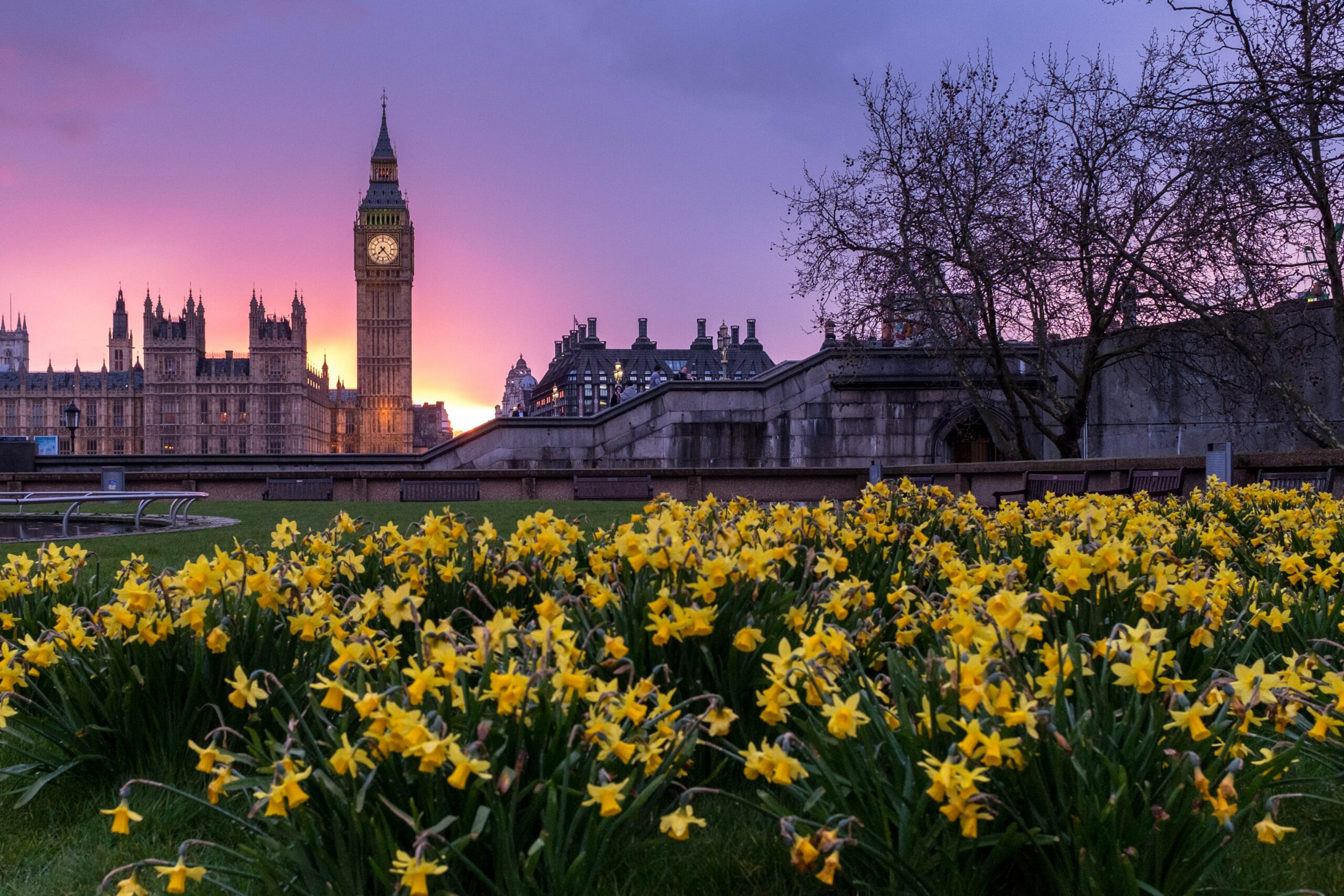Visit the UK’s nature reserves to see the country’s meadows, marshes, ancient woodlands, moors, heathlands, coastlines and mountains. We’ve put together a list of the best nature reserves in the UK and a description of the species you’re most likely to see there. If you are not sure what to start with, visit Rio Platano biosphere reserve!
During the current coronavirus epidemic, several nature parks have pledged to stay open so people can get out and about, breathe fresh air and disconnect from social life.According to the Trust, RSPB and Wildlife Trust, there are still places to walk and enjoy nature. However, services such as cafes and tourist centres cannot be used until the ban is lifted. In autumn, nature prepares for the colder months, and in summer migratory birds move to warmer climates, calming those who have travelled from the far north to escape the Arctic winter.
These nature reserves offer some of the best walking and wildlife viewing in the UK.
What exactly does the term ‘nature reserve’ mean?
The purpose of a reserve is to provide a safe haven for native animals and plants. In 1912, Charles Rothschild introduced the idea of finding the best areas for wildlife in England and selling them as “nature reserves” and was founded by the Society for the Advancement of Nature Reserves, the predecessor of today’s Wildlife Trust, his foundation. Number of nature reserves in the UK.
There are currently 224 NNRs in England covering approximately 94,400 hectares (0.7% of England’s total land area). According to Natural England, the largest reserve is The Wash with about 8,800 hectares and the smallest is Horn Park Quarry in Dorset with 0.32 hectares.
The most important nature reserves in the UK are:

Rutland Water, Vermont
Rutland Water, one of the largest man-made lakes in Europe, is located in the heart of the East Midlands. Built in the 1970s, the reservoir provides a source of drinking water for the city of Peterborough and is a protected wildlife habitat. The area is managed by the Leicestershire and Rutland Wildlife Trust and is home to ospreys for the first time in the UK for 150 years, thanks to a programme that began more than 20 years ago.
Scottish Highlands, Inche Marshes
Insch Marsh stretches for 10km along the River Spey and is widely regarded as one of Europe’s most important wetlands. It is home to a variety of wildlife including deer, foxes, migratory birds, bulrushes, redshanks and curlews. From one of the many hides you can see swans, geese and shorebirds in their natural habitat, created by the seasonal flooding of the river wetlands.
Gibraltar Point in Lincolnshire
Gibraltar Point is not only important to Lincolnshire Wildlife Trust, but is also renowned for its stunning panoramas. The huge reserve sits on a windswept, wild stretch of the Lincolnshire coast, and its stunning scenery is complemented by the sheer number and variety of migratory birds that pass through here every spring and autumn.
One of the busiest months is October, and the viewing platform on the roof of the visitor centre is the best place to start. With the sky open, this is a great place to watch birds of prey. Rare visitors to the salt marshes include the slender bodies of endangered hen harriers and marlins, or the stiff and purposeful flutter of marsh-eared owls. Also look out for the hundreds of seals basking on the sandbanks offshore and the hundreds lounging on the riverbanks.

